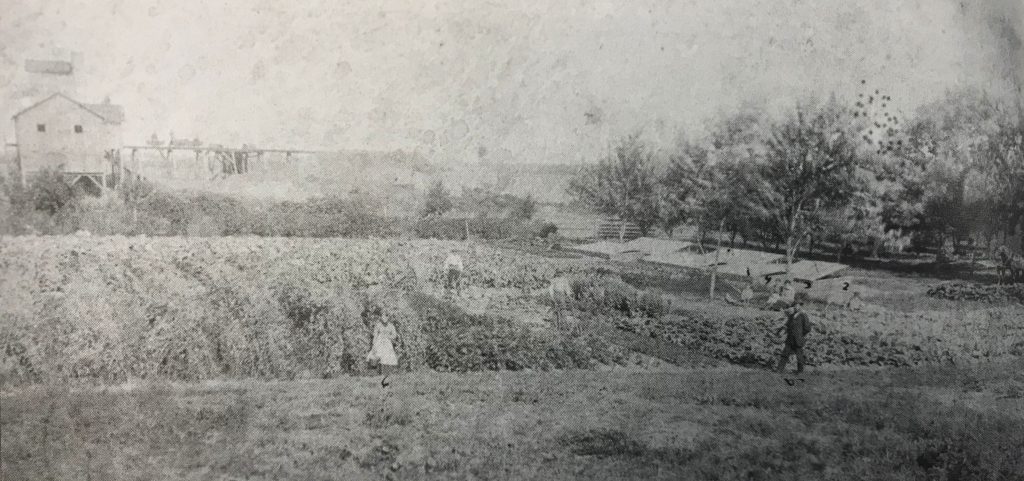Drought of the 1930s
Appanoose County, Iowa
Nearly every day of the summer of 1930, the Centerville Daily Iowegian carried a headline detailing Appanoose County’s damaging drought. At first, the reports were optimistic, assuming that the drought would only continue for a few more weeks. Some experts even claimed that the drought was the shock needed to catapult the nation out of the Great Depression.
From July to early August, the county had only received a quarter inch of rain with temperatures in the high 90s to 100s. On August 6th, a storm rolled in over Centerville depositing 2.18 inches of rain in the dry earth. The next morning, the storm’s rain made front page news: the showers had come at a time when “each day was taking thousands of dollars from the Appanoose county corn crop.”
By the middle of August, the tone had shifted. No longer was there hope for a lasting change in weather. The crisis that had seemed to dissipate with the previous week’s storm was back in full force. Instead of hoping for more rain, the focus shifted to mitigation of the drought’s worst impacts. In September, the United States entered the fifth straight month of drought. President Hoover formed a committee for drought relief, but it was only able to provide management, not financial aid, as the Depression still gripped the United States. Just days before the announcement that no funds were available, the Secretary of Agriculture declared the drought as the worst in the history of the Weather Bureau.
The loss of corn across the Midwest totaled $775 million. Even with the drought hitting the corn crop the hardest, Iowa produced the highest amount of the crop in 1930. Heavy rainfall in a quarter of the State made up for the crop deficit in the remaining three-quarters of Iowa. The average harvest was 30 bushels per acre, down from the previous year’s highs of over 60 bushels per acre. For Centerville and other places in the southern portion of Iowa, the crop brought in less than 15 bushels per acre.
As 1930 ended, many were hopeful that the drought would depart with the year. Unfortunately for the counties and their residents, the drought would come again and again until the late 1930s. The end of the Great Depression was more than the ending of the greatest, national economic downturn; for the people of Appanoose County and other Missouri border counties, it was also the end of an almost decade-long drought.

Sources: SHSI: The Centerville Daily Iowegian: “Drought Held Beneficial by Some Experts,” , August 6, 1930; “Drought Still a Problem in Some Sections,” September 5, 1930; “More Than Two Inch Rainfall Wednesday Eve,” August 7, 1930; “Heat Wave is Bringing Iowa Further Losses,” August 5, 1930; “Further Drop in Estimates Now Apparent,” September 11,1930; “Iowa will Lead Nation in 1920 Corn Production,” September 11, 1930; “Drought Still has a Grip on Part of Iowa,” August 13, 1930.
